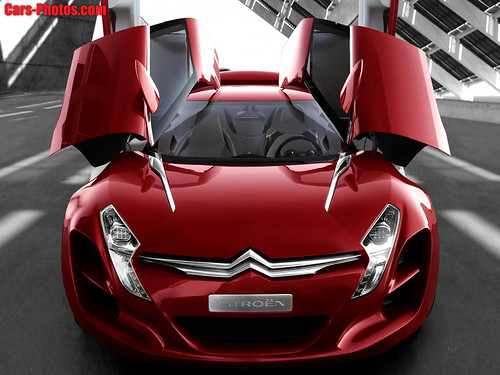Posted by make up on 10:39 PM


Kuta has traveled from slave port to stardom. This is where modern tourism in Bali all started and it’s still the most happening place of all.
With the building of the airport in Bali, Kuta became a firmly established part of the “Hippy Trail” and the Balinese responded with smiles, homestays and other simple accommodation, and eateries. From this small sleepy village with a white sand beach and good surf grew the Kuta of today which extends 8-10 km northeast of the airport and includes the villages of Tuban, the three villages of Legian, Seminyak, Basangkasa and now Petitenget, with hotels, resorts and restaurants virtually lining the length of the beach.
It’s been fashionable for many years now to decry Kuta for its brashness, crassness and chaos, but the fact remains that the most cosmopolitan and interesting people are to be found here. Like it or not, this is 21st Century Bali, warts and all, without the sanitisation of the more planned areas.
But even in central Kuta you can find quiet hotels and intimate restaurants, and while the beach may be crowded in pockets, most of it is virtually empty, even in peak season. This is where you will find the widest range of accommodation and the best shopping, from trinkets to well-priced designer wear to elegant homewares and exquisitely crafted furniture.
You'll also find the best variety of eating and nightlife: The beachside Hard Rock Café; the tired 24 hour Mamas; the noisy unsophisticated drinking holes such as Sari Club and Flanagans in Central Kuta; the earsplitting beachside 66 (Double Six) Disco; the trendy bars and restaurants of Seminyak; and the air-conditioned cigar bar of KuDeTa restaurant in Petitenget.
Chaos and traffic notwithstanding, the Kuta area has it all. As the parts that make up the whole have their own distinct characteristics we list them going north/west along the beach from the airport. The divisions are not exact but close enough for our purposes.












